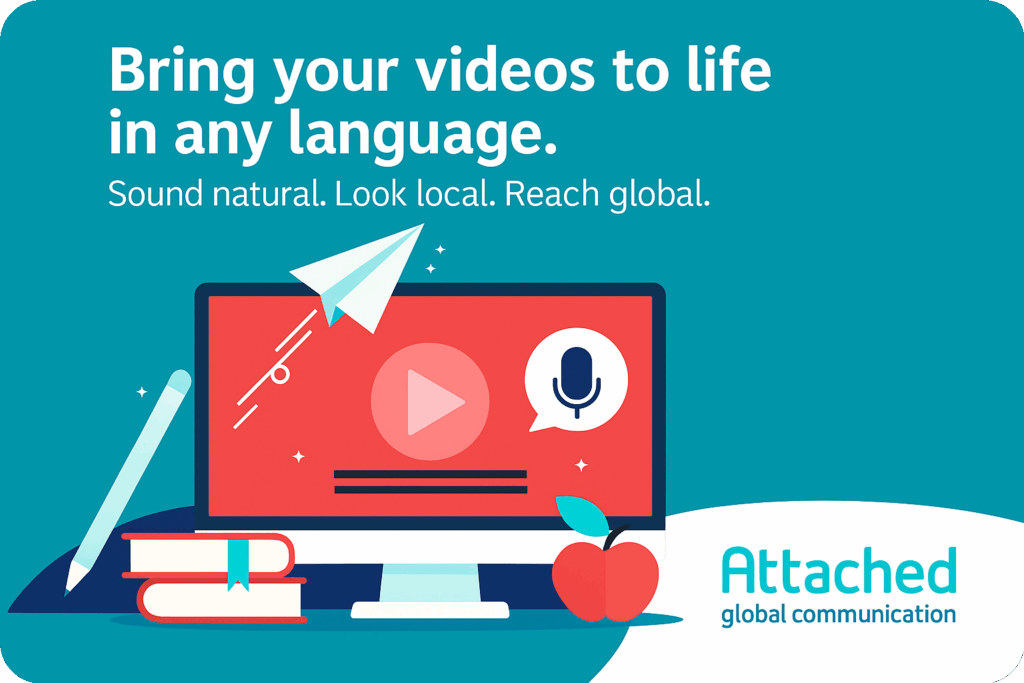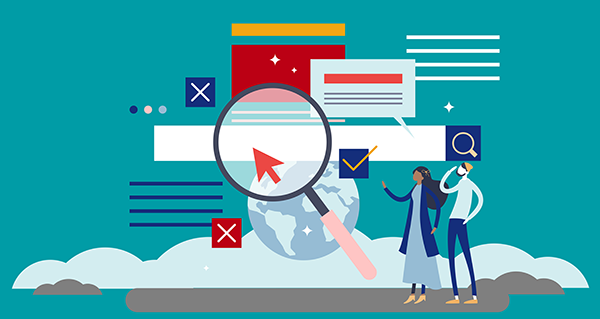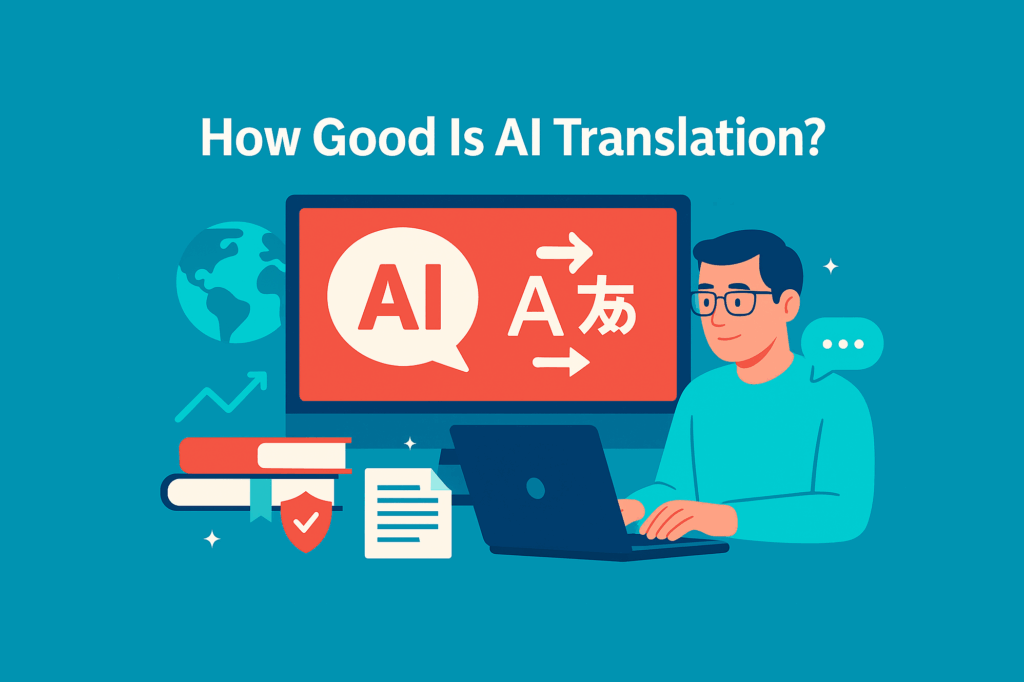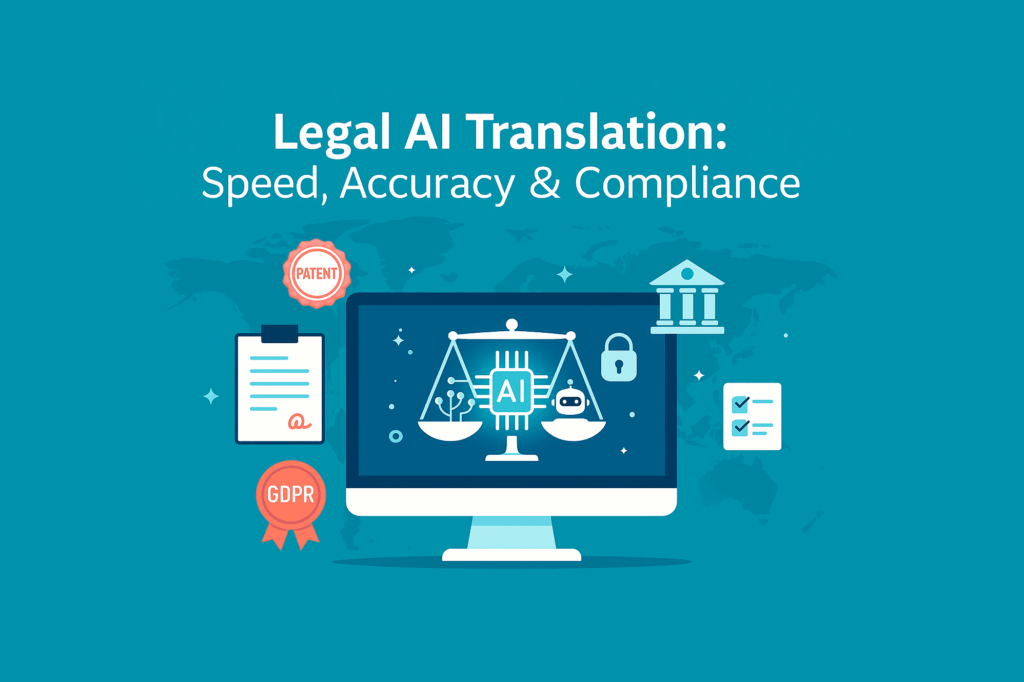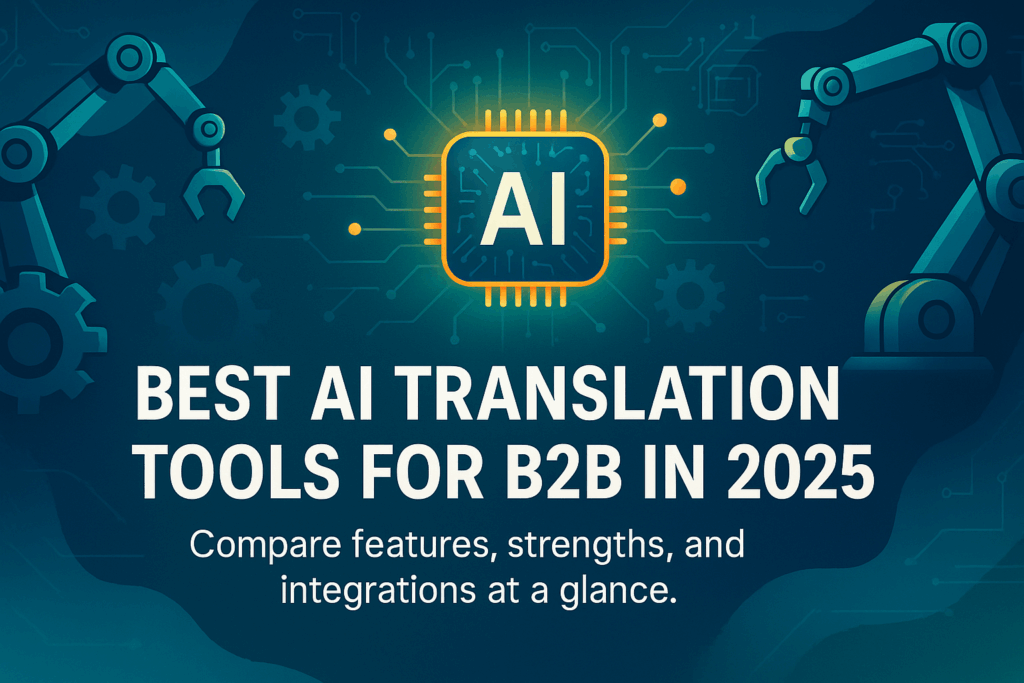Translation APIs and CMS integration
Connect and integrate seamlessy.

Keep content flowing across all platforms
In the dynamic online world, it can be challenging to keep all your communication processes and content flowing across many diverse platforms. This fragmented landscape often leads to version control issues: valuable time and effort are wasted and the likelihood of errors, especially with multilingual content, increases. At Attached, we believe a balanced interplay of strategy, process and technology is the answer.
Our vision is focused on optimizing your digital environment so that both content creation and placement are in sync for all languages. Our solution: Translation APIs and CMS integrations.
What are translation APIs?
Translation APIs are technological bridges that connect the gap between your content management system (CMS) and our translation management system. A translation API (Application Programming Interface) allows your CMS to communicate directly with this translation environment, so that newly posted content is instantly translated and then redistributed to create a seamless transfer of content, fully automated.
Translation APIs are easily scalable. This ensures that your translation processes are future-proof and adapt easily to your international growth ambitions!

The benefits of translation APIs
Using Translation APIs offers a significant productivity boost for your business. How?
- They eliminate the need for repetitive manual actions such as copy-paste and import-export tasks. This saves you time and reduces human error.
- Translation APIs are scalable and flexible, so they can grow with your project. Whether you are a small business with a limited amount of content, or a large e-commerce company with an extensive product catalog, our Translation APIs can be easily customized to meet your specific needs.
By automating these processes, our Attached team has already increased the efficiency of multilingual content management for many clients. Result: shorter Time to Market and significant cost savings. Feel free to ask for references.

Ready to get started with Attached?
Attached’s Translation APIs give you the flexibility to provide a customized content solution for your business. We directly support your translation services, while you enjoy all the benefits of a Translation API. Are you ready to increase your multilingual content management productivity? Contact Attached and find out how our Translation APIs can help you.

Translation APIs and CMS integration
By adding a Translation API to your CMS, you can fully integrate the translation process into your content workflow. As soon as you add new content to your website, you can use the API to automatically place a translation order with Attached immediately. Our secure and reliable environment then ensures that the translated content is returned directly to your CMS. It’s your choice to either post it immediately or perform a verification check yourself first!
We offer integration capabilities with:
| ACTUM Digital | GitLab | PHP library/SDK |
| Adobe Commerce | Go library/SDK | Phrase Strings app for Contentful |
| Adobe Experience Manager (AEM) | Google Drive | Phrase TMS app for Contentful |
| Amazon S3 | Gridly | Plunet |
| Android SDK | Help Scout | Python library/SDK |
| Android Studio | HubSpot | Ruby library/SDK |
| ApSIC Xbench | iOS SDK | Salesforce Knowledge |
| Argos Multilingual | Java SDK | SFTP |
| Bitbucket | JavaScript SDK | Sitecore |
| Box | Jira | Sketch |
| Braze | Joomla! | Slack |
| CaptionHub | Kaleidoscope | Snowflake |
| CLI | ai | TransPDF |
| Contentstack | Kotlin library/SDK | TYPO3 |
| Dropbox | LBS Suite | Visual Studio |
| Drupal | Marketo | Webhooks |
| Figma | Microsoft Azure | WordPress |
| FTP | Microsoft OneDrive | XTRF |
| Gengo | Microsoft SharePoint | Zapier |
| GitHub | Paligo | Zendesk |
Questions & Answers
What is the difference between translation and localization?
The terms translation and localization are often used interchangeably. While the terms and processes indeed share similarities, understanding what sets them apart can do a lot to help you really reach your target audience.
Translation is the process of changing an original (source) language version of content into a different (target) language by substituting words in one language for those of another – in context.
Localization is a more specialized process of adapting your content and applications for regional – or local – consumption. It goes beyond translation by modifying the source language and other copy and design elements to appeal to local customers’ cultural preferences in their own target language.
Want to read more? Then check out this blog.
Is translation technology the same as Google Translate?
There are many different types of translation technology: machine translation (such as Google Translate), CAT (computer-assisted translation) tools, automated quality assurance tools, etc. So NO, translation technology is not the same as Google Translate.
With some types of technology, no human intervention takes place to do the work, whereas other tools merely assist human translators to do their work more efficiently and consistently.
Who will be working on my texts?
Great people! Our native professional translators, the majority of whom also work and live in the country of their native language.
By working with in-country linguists, we can follow the developments of the local language from the inside and ensure the use of current day wordings in our translations. Thanks to our advanced translation management system, we can easily connect with all our translators and copywriters across the globe and keep each other updated on the jobs we are working on.
It goes without saying that all new linguists who work for us are carefully screened and tested before they become part of the team.





